Quick Summary:
The Mercedes-Benz GLA-Class offers surprisingly good headroom and legroom for its compact SUV class, making it a comfortable choice for many drivers and passengers. We’ll dive into the specifics, compare it with other models, and offer tips to maximize your comfort.
Hey there, fellow Mercedes-Benz enthusiasts! Charlie Joyce here. Ever gotten into a car, especially a stylish compact SUV like the GLA-Class, and felt like your knees were kissing the dashboard or your head was brushing the roof? It’s a common frustration, and when it comes to your daily driver or that weekend getaway car, comfort is king. The GLA-Class, with its sleek design, might make you wonder about its interior space. But don’t let its compact exterior fool you; this little Benz is designed with passenger comfort in mind. We’re going to take a detailed look at the GLA-Class headroom and legroom, breaking down exactly what you can expect. Get ready to understand how this vehicle stacks up and how you can make every drive a little more enjoyable.
Understanding Your GLA-Class Interior Space: Headroom and Legroom Explained
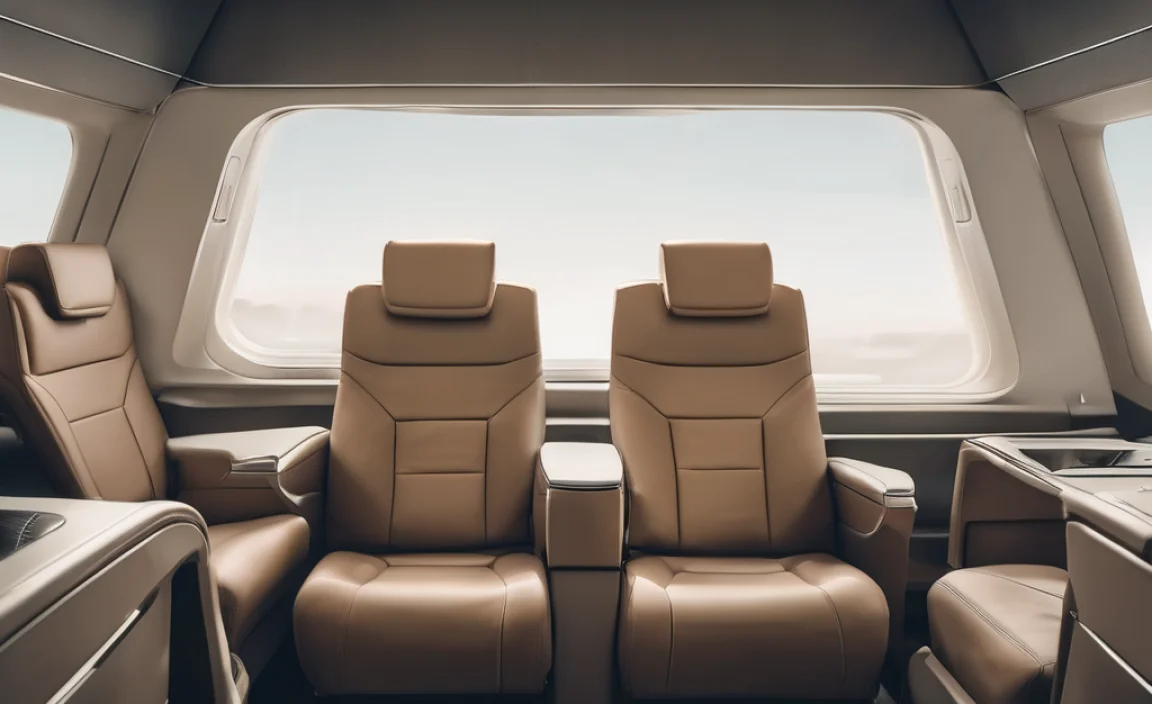
When we talk about car comfort, headroom and legroom are probably the first things that come to mind. These two measurements are crucial for determining how spacious and comfortable the cabin of a vehicle feels, especially for taller individuals or during longer journeys. For the Mercedes-Benz GLA-Class, these dimensions are carefully engineered to balance its compact SUV footprint with the premium comfort expected from the brand.
What Exactly Are Headroom and Legroom?
Let’s quickly define these terms so we’re all on the same page:
- Headroom: This is the vertical distance from the seat cushion to the roof liner, measured directly above where your head would be. More headroom means less chance of your hair brushing the ceiling.
- Legroom: This is the space available for your legs, typically measured from the front of the seat to the back of the front seat in front of you (for rear passengers) or from the seat to the pedals (for front passengers). More legroom means your legs aren’t cramped.
For the GLA-Class, these measurements are key features that help it stand out in a crowded segment of compact SUVs. Mercedes-Benz puts a lot of thought into optimizing interior space, even in their smaller models. They achieve this through intelligent design, clever packaging, and often by using slightly higher rooflines or seat designs that maximize vertical space. It’s a delicate balance to maintain the sleek exterior profile while ensuring the interior feels open and inviting.
GLA-Class Specifics: Headroom and Legroom Numbers
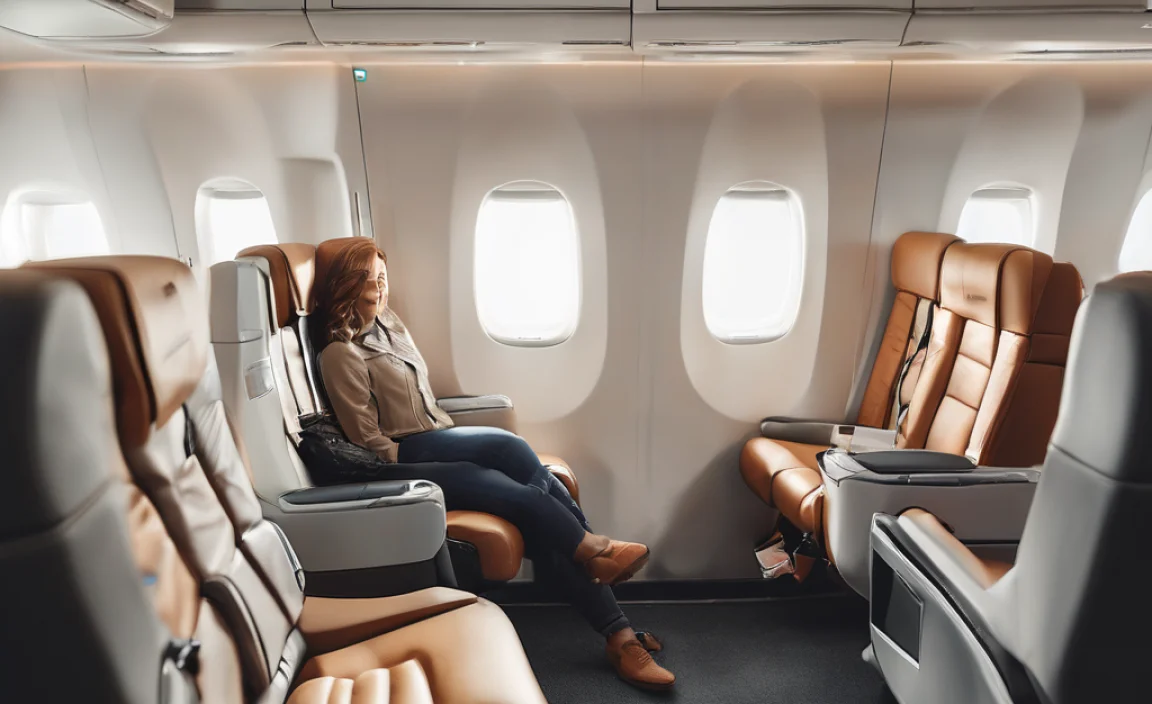
Let’s get down to the numbers for the Mercedes-Benz GLA-Class. It’s important to note that these figures can vary slightly depending on the model year and specific trim level, but they give us a very good general idea. We’ll focus on the more recent generations to give you the most up-to-date information.
Front Seat Dimensions (Typical for Recent Models)
In the front of the GLA-Class, drivers and front-seat passengers will find a generous amount of space:
- Front Headroom: Typically around 38.5 inches. This is quite ample and allows most people to sit comfortably without feeling constrained by the roof.
- Front Legroom: Usually in the range of 40.0 inches. This provides plenty of room for stretching out, even on longer drives.
These front-seat figures are competitive within the subcompact luxury SUV class. Mercedes-Benz prioritizes the driver and front passenger experience, ensuring that those in the prime seating positions have a comfortable and premium feel.
Rear Seat Dimensions (Typical for Recent Models)
The rear seating in a compact SUV can sometimes be a compromise, but the GLA-Class aims to make it as comfortable as possible:
- Rear Headroom: Generally around 37.5 inches. While slightly less than the front, this is still very good for the class and accommodates most adults comfortably.
- Rear Legroom: Typically falls around 34.0 inches. This measurement is crucial for rear passengers, and while it’s less than the front, it’s still considered respectable for a vehicle of this size. Taller passengers might find it a bit tighter, especially if the front seats are pushed all the way back.
It’s worth noting that the “coupe-like” styling of some GLA-Class generations can slightly impact rear headroom compared to more traditionally shaped SUVs. However, the overall packaging is excellent, and the rear seats are perfectly usable for commuting, short trips, or for children and smaller adults.
GLA-Class Headroom & Legroom vs. Competitors
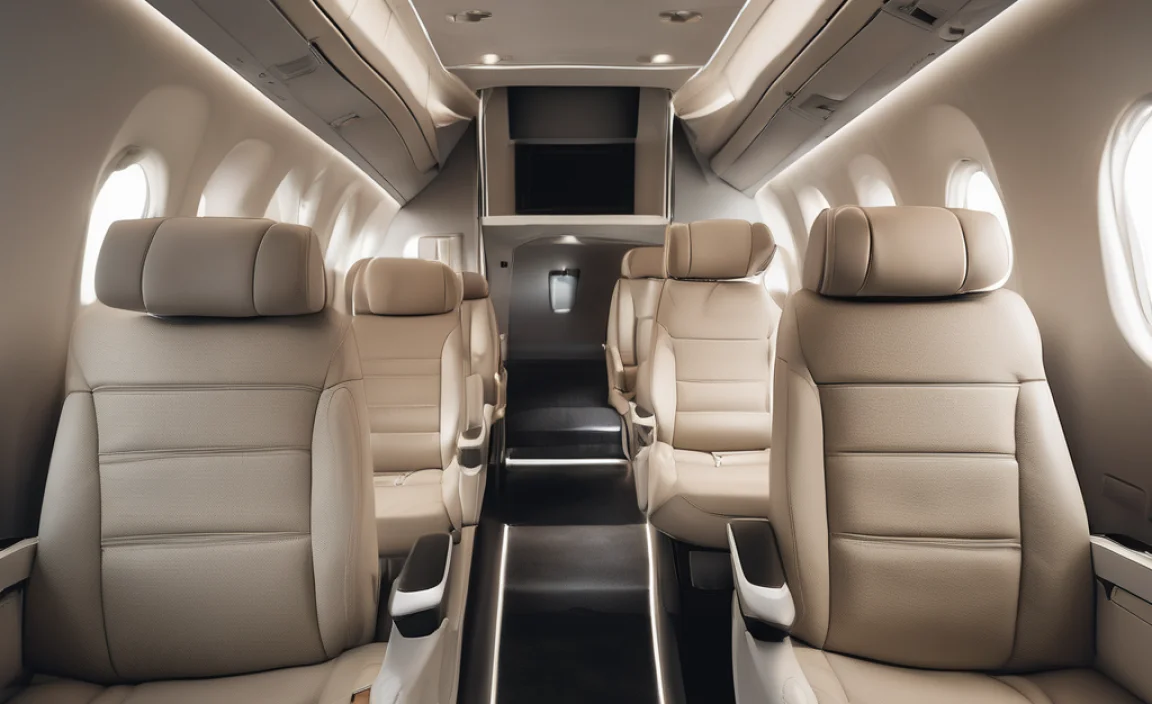
How does the GLA-Class stack up against its rivals in the premium compact SUV segment? This is where understanding the numbers becomes really insightful. Let’s take a look at how it compares to some key competitors. We’ll use figures for comparable model years and trims where possible.
Key Competitors and Their Space
Here’s a table showing typical headroom and legroom figures for a few popular compact luxury SUVs:
| Vehicle | Front Headroom (in) | Front Legroom (in) | Rear Headroom (in) | Rear Legroom (in) |
|---|---|---|---|---|
| Mercedes-Benz GLA-Class | ~38.5 | ~40.0 | ~37.5 | ~34.0 |
| BMW X1 | ~41.0 | ~41.0 | ~37.5 | ~37.0 |
| Audi Q3 | ~39.5 | ~40.0 | ~37.0 | ~36.1 |
| Lexus UX | ~37.0 | ~42.0 | ~35.4 | ~33.1 |
| Volvo XC40 | ~39.1 | ~40.8 | ~38.7 | ~34.4 |
Note: Figures are approximate and can vary by model year and configuration. Always check the specific vehicle’s specifications.
Analysis of the Comparison
As you can see from the table, the GLA-Class holds its own quite well:
- Front Space: The GLA offers excellent front headroom and legroom, competitive with most rivals. The BMW X1 often leads in sheer front-seat volume, but the GLA is certainly not lacking for comfort up front.
- Rear Space: This is where compact SUVs often face the biggest challenges. The GLA-Class provides respectable rear headroom but is on the tighter side for rear legroom compared to some competitors like the BMW X1 or Audi Q3. The Lexus UX is generally tighter all around in the rear. The Volvo XC40 offers a bit more rear legroom and excellent rear headroom.
Ultimately, the GLA-Class prioritizes a sporty, dynamic feel in its design, which translates to a cabin that feels supportive and driver-focused, while still offering good passenger comfort for its class. If rear-seat passengers are a top priority for long journeys, you might want to test the legroom specifically, but for daily commutes and typical use, it’s more than adequate.
Tips to Maximize Comfort in Your GLA-Class
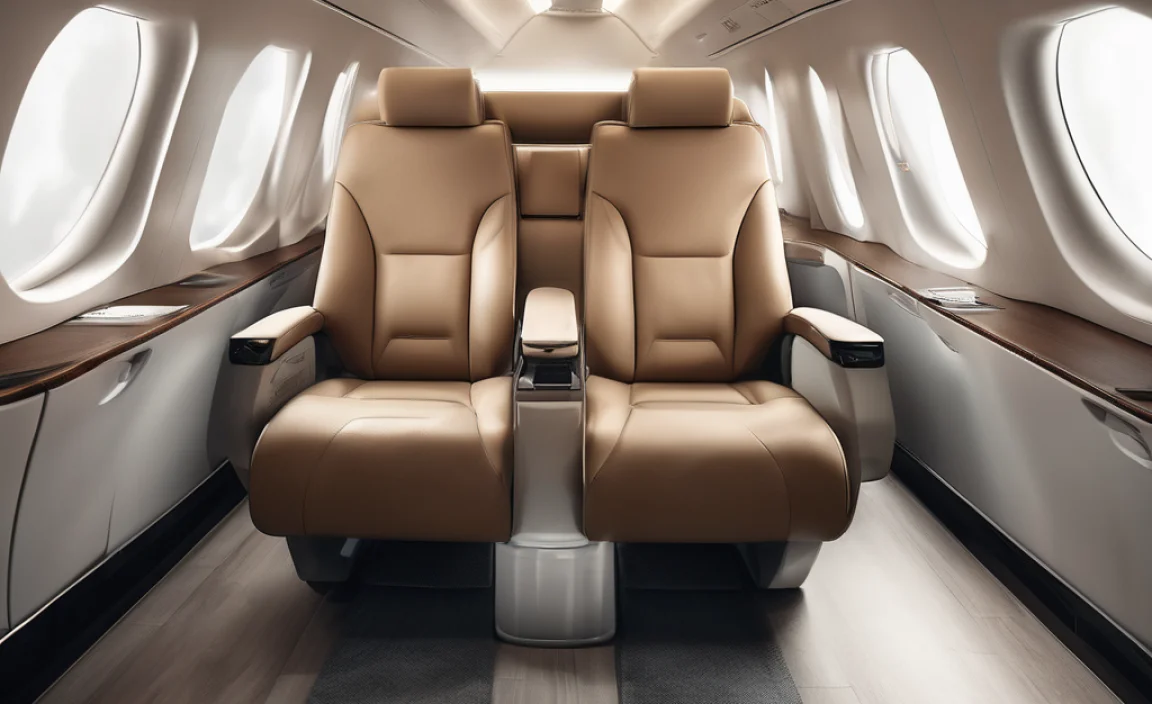
Even with the generous dimensions, there are always ways to make your driving experience in the GLA-Class even more comfortable. Whether you’re tall, have growing kids, or just appreciate a bit of extra space during a long drive, these tips can help.
Adjusting Your Seat Properly
This is the most basic but often overlooked tip. Proper seat adjustment is key to utilizing the available space effectively.
- Seat Height: Adjust the seat height so you have a comfortable view of the road and there’s still a good gap between your head and the roof liner. Don’t set it too high, which can make the cabin feel more cramped.
- Seatback Angle: Find an angle that supports your back without forcing you to lean too far forward or backward. A slight recline can often create a more relaxed posture.
- Lumbar Support: If your GLA-Class has adjustable lumbar support, use it! Proper lower back support reduces fatigue and can make you feel more settled in your seat, indirectly improving perceived space.
- Steering Wheel Adjustment: Ensure the steering wheel is adjusted correctly for both reach and rake. This works in conjunction with your seat position to give you the best driving posture and elbow room. Most modern cars, including the GLA, have ample steering wheel adjustment.
Optimizing Rear Seat Space
For rear passengers, especially adults on longer trips, a few adjustments can make a difference:
- Front Seat Position: If the rear legroom feels tight, ask the front-seat occupants to slide their seats forward slightly. Even an inch or two can make a noticeable difference.
- Foot Room Under Seats: Most cars offer some foot room under the front seats. Encourage rear passengers to utilize this space when possible.
- Seat Angle (if applicable): Some vehicles have rear seats with an adjustable recline. While the GLA-Class typically has a fixed recline, ensuring passengers are sitting upright rather than slouched can utilize the space better.
Smart Storage Solutions
Clutter can make any space feel smaller. Keeping the cabin tidy helps maintain that open, comfortable feeling.
- Door Pockets and Console: Use the door pockets and the center console storage effectively for smaller items.
- Seatback Organizers: If you have kids or frequently carry items, consider seatback organizers that hang on the back of the front seats. These can help keep rear passenger areas tidy and provide useful storage.
- Trunk Space: Utilize the trunk for larger items to keep the passenger cabin as clear as possible. For tools and gear, consider a genuine Mercedes-Benz accessory organizer for the trunk.
Driving Position and Ergonomics
Mercedes-Benz vehicles are renowned for their excellent ergonomics. Paying attention to how you sit and interact with the controls can enhance the sense of space and comfort.
- Pedal Position: Ensure your feet can comfortably reach the pedals without feeling stretched.
- Armrests: Properly adjust the center armrest and door-mounted armrests. These provide crucial comfort points that prevent you from feeling confined.
By implementing these simple adjustments and strategies, you can significantly enhance your comfort and the perceived spaciousness within your GLA-Class, making every drive a more pleasant experience.
Safety Regulations and Interior Space
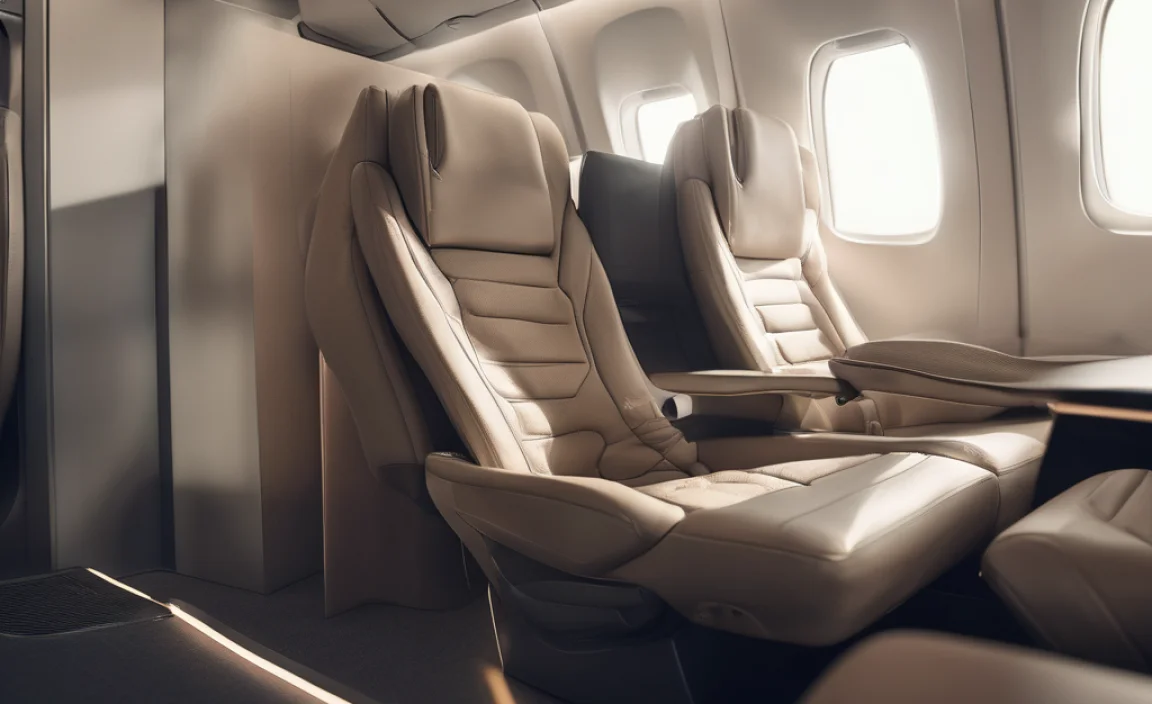
It’s interesting to consider how safety regulations influence the interior space of vehicles like the GLA-Class. Automakers must adhere to stringent rules to protect occupants, and these rules directly impact design choices that affect headroom and legroom.
Crumple Zones and Structural Integrity
Modern vehicles, including the GLA-Class, are designed with advanced crumple zones. These are areas of the car engineered to deform and absorb energy during a collision. Implementing these zones requires specific structural reinforcements and materials. While crucial for safety, these can sometimes intrude into cabin space. For instance, thicker A-pillars (the pillars supporting the windshield) are often necessary for structural integrity and rollover protection, but they can slightly reduce forward visibility and the feeling of openness.
The National Highway Traffic Safety Administration (NHTSA) in the US sets Federal Motor Vehicle Safety Standards (FMVSS) that dictate many of these design requirements. These standards ensure minimum levels of safety performance, which can sometimes mean that design elements that might otherwise be used to maximize interior volume are instead prioritized for occupant protection.
Seat Design and Airbags
The seats themselves are also crucial safety components. They are designed to position occupants correctly for airbags to deploy effectively during a crash. This includes the height and angle of the seat, as well as the bolstering. While advanced seat designs can enhance comfort, they also need to meet safety criteria, which might influence their bulk and how much space they occupy within the cabin. Additionally, side and curtain airbags are integrated into the car’s structure and seat design, which adds to the overall engineering complexity and can subtly affect interior dimensions.
Mercedes-Benz excels at integrating these safety features seamlessly without making the cabin feel overly restrictive. They use advanced materials and clever engineering to ensure that safety doesn’t come at the expense of a comfortable and usable interior space, even in a compact vehicle like the GLA-Class.
Future Trends in GLA-Class Interior Space
The automotive industry is constantly evolving, and this includes how manufacturers approach interior space, especially in compact vehicles. For future GLA-Class models, we can anticipate several trends that might impact headroom and legroom.
Platform Evolution
New vehicle platforms (the underlying chassis and structure) are often designed with improved interior packaging in mind. As Mercedes-Benz develops new generations of its compact cars, they are likely to leverage updated platforms that allow for greater wheelbase increases or flatter floor pans. This can directly translate to more legroom, particularly for rear passengers. The company’s commitment to electrification and modular platforms, like the compact car architecture underpinning the current GLA and its siblings, suggests a focus on maximizing efficiency and interior volume.
Electric Vehicle (EV) Influence
With Mercedes-Benz’s increasing focus on its EQ electric vehicle lineup, there’s a possibility that future GLA-inspired models or even a fully electric successor (like an EQB variant) could offer even more interior space. EV platforms often have advantages for interior packaging:
- Flat Floor: Battery packs are typically integrated into the floor, creating a completely flat surface that enthusiasts often call a “stage” or “theater” floor. This removes the transmission tunnel hump that typically eats into rear-seat legroom in traditional internal combustion engine cars.
- No Engine Bay Constraints: The absence of a large internal combustion engine means designers have more freedom with the front-end design, potentially allowing for a longer cabin stretch or a more upright dash that frees up front legroom.
However, battery placement can sometimes raise the floor slightly, potentially impacting rear headroom. It’s a complex balancing act where designers must optimize for all dimensions.
Smart Interior Technologies
Look out for innovations in seat design, such as slimmer profiles that offer the same or better support with less bulk. Materials science is also advancing, allowing for lighter and more compact components. The integration of technology, like advanced infotainment systems that take up less dashboard real estate, also contributes to a more open cabin feel.
Mercedes-Benz is at the forefront of luxury and technology. As they continue to refine the GLA-Class concept and introduce new models, expect them to remain committed to delivering impressive interior comfort and spaciousness, using cutting-edge engineering and design to overcome the inherent challenges of a compact vehicle footprint.
Frequently Asked Questions (FAQ)
Q1: Is the Mercedes-Benz GLA-Class good for tall people?
Yes, the GLA-Class is generally good for tall people, especially in the front seats. It offers ample headroom (around 38.5 inches) and legroom (around 40.0 inches) for the front occupants. Taller individuals might find the rear legroom a bit tighter on longer journeys if the front seats are pushed far back.
Q2: How much legroom is there in the back of a GLA-Class?
The rear legroom in a typical GLA-Class is around 34.0 inches. This is considered respectable for its class, but it might feel snug for taller adults on extended trips compared to larger SUVs or sedans.
Q3: Does the GLA-Class have a lot of headroom compared to other compact SUVs?
The GLA-Class offers very competitive headroom for the compact SUV segment. Its front headroom is excellent, and its rear headroom is also good, often on par with or better than some rivals, though exterior styling can sometimes subtly reduce it compared to boxier designs.
Q4: Are the GLA-Class seats comfortable for long drives?
Yes, Mercedes-Benz is known for its comfortable and supportive seating. The GLA-Class seats are designed with ergonomics and long-distance comfort in mind, featuring good bolstering and support, along with adjustable features like lumbar support on many models.
Q5: Can you adjust the rear seats in a GLA-Class for more space?
Typically, the rear seats in the GLA-Class have a fixed recline angle. While you cannot adjust the seatback angle independently, the usable space is optimized through the vehicle’s overall design. Ensuring the front seats are adjusted appropriately offers the most flexibility for rear passengers.
Q6: Is the GLA-Class’s interior big enough for a small family?
For